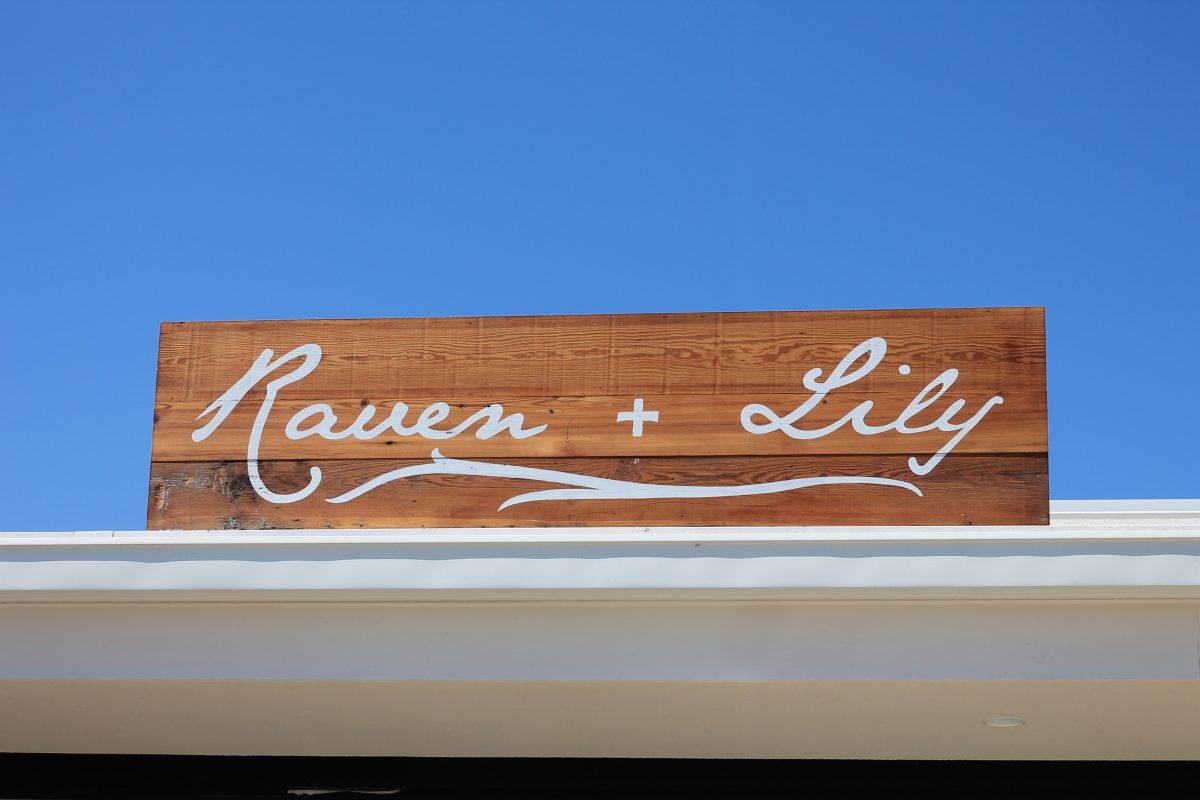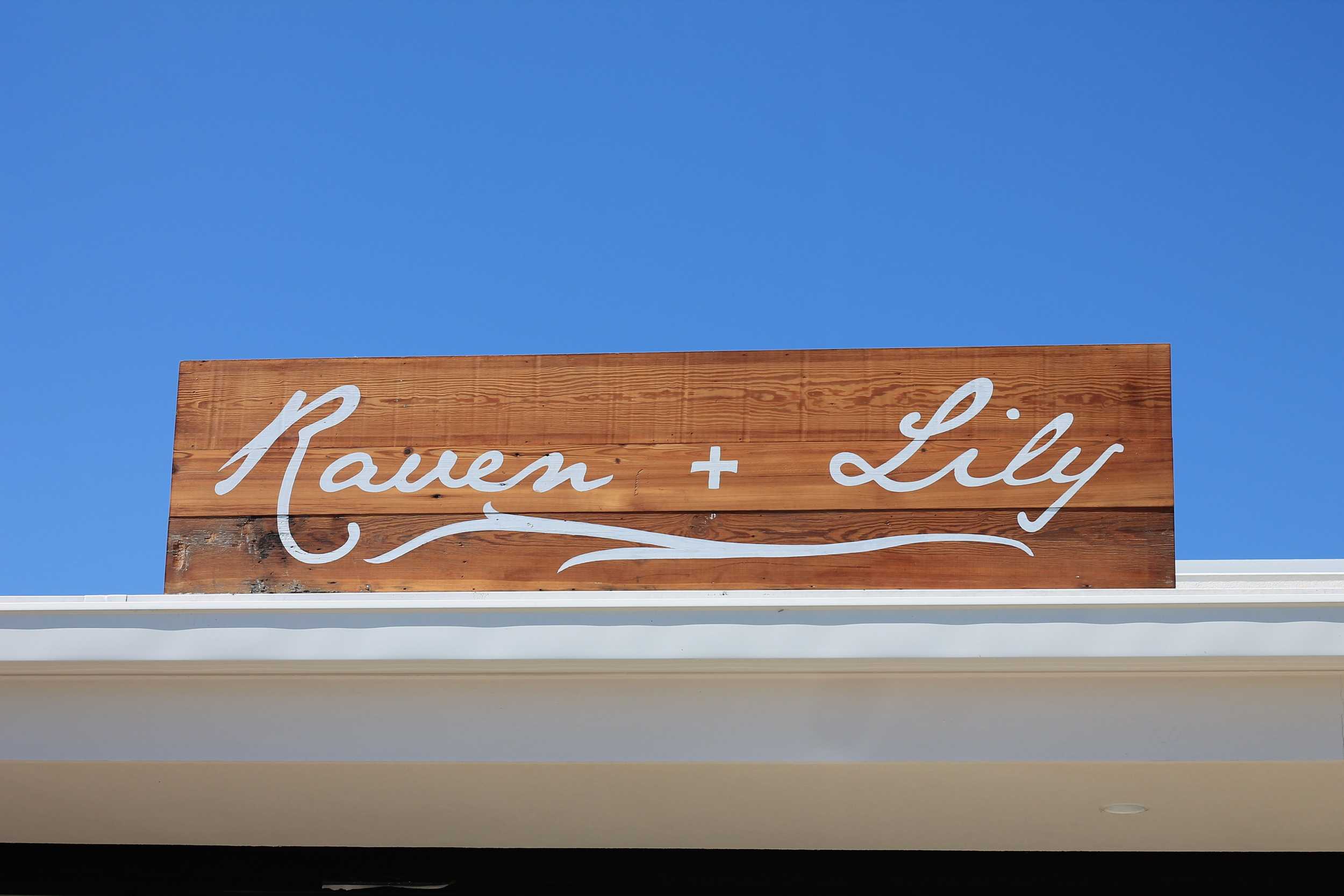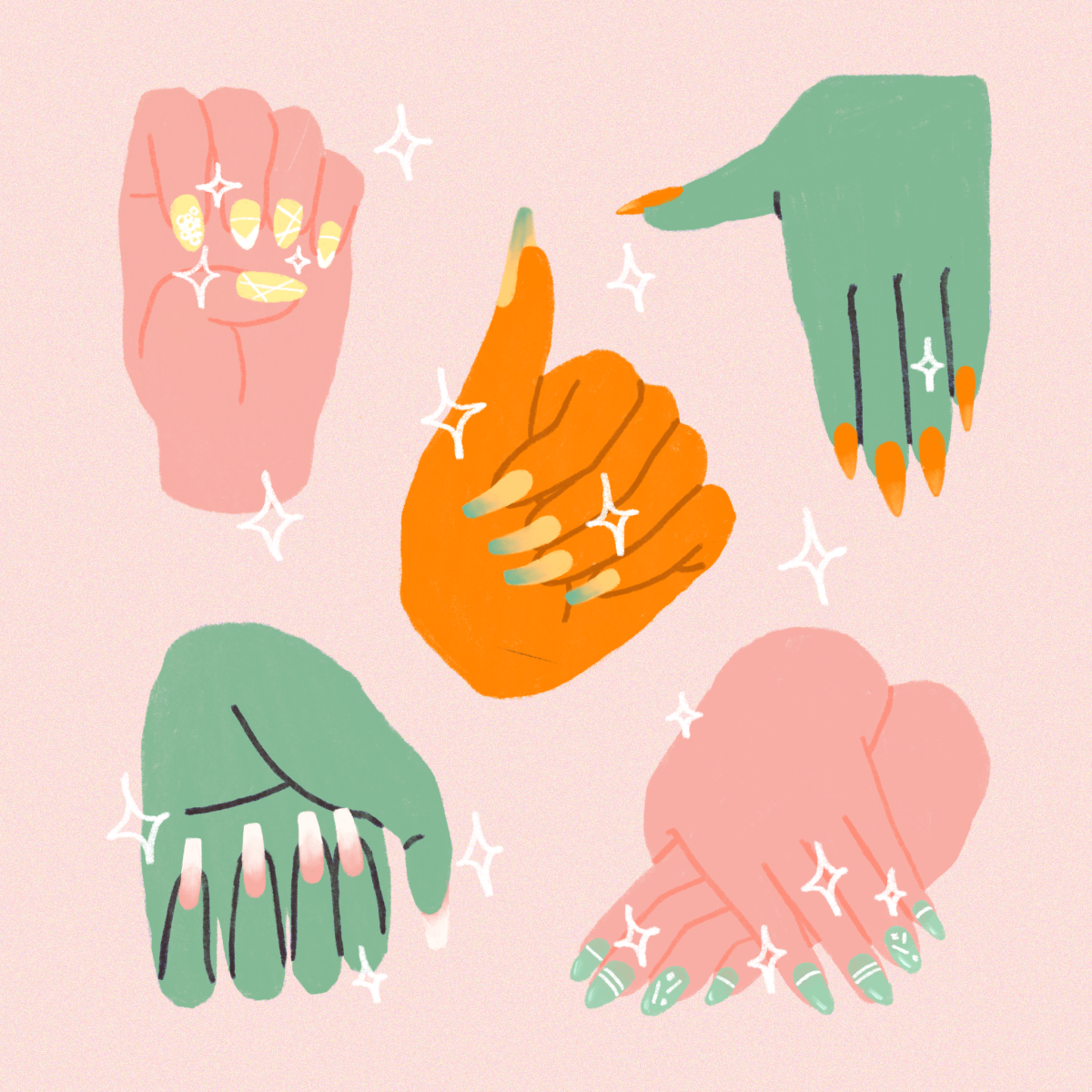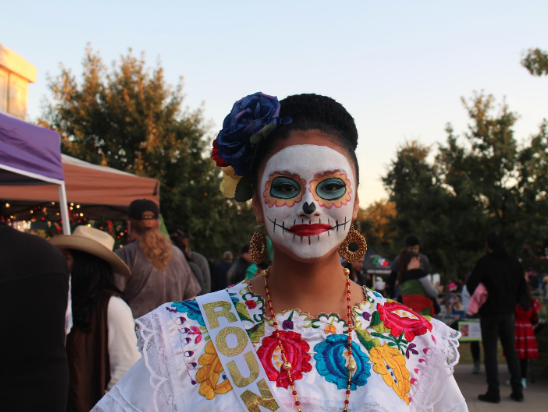It all started when a humanitarian met a filmmaker. Kirsten Dickerson had been doing philanthropic work for years — from a poverty exposure trip in Africa to volunteering with Mother Teresa and Compassion International — but it wasn’t until she started helping with wardrobe and art design on her husband’s film sets when she realized she could combine her two passions.
Story by Madison Hamilton
Photos by Jane Claire Hervey
Dickerson knew she wanted to empower women and children, so, while living in Los Angeles, she began collaborating with nonprofits that were training females in design skills. After working with two design groups — one in Ethiopia and another in India — Dickerson founded Raven + Lily in 2008 as a fairtrade nonprofit brand.
“The lightbulb went off when we landed on two groups that really got it,” Dickerson says. “They had their act together. They got a leader that could communicate with us and the women artisans were really on board to turn this into a viable business within their own country.”
Once Dickerson knew the teams in Ethiopia and India could be scalable, high quality and accountable, she relaunched Raven + Lily in 2011 as a social business for profit. Dickerson planned to operate the brand in Los Angeles with her friend and co-founder, Sophia Lin, but, when her mother became ill, she moved to Austin to be with her. The Dickerson family soon came to love Texas and decided to reside in Austin permanently.
Now, Raven + Lily has opened their first store just north of UT. Although their products are sold in more than 200 boutiques in the United States, and even more on an international scale, Austin is home to the first Raven + Lily storefront.
The Ethics
It took years for the farm-to-table revolution to really take off. For a long time, fast food corporations were faceless entities, and consumers remained clueless on the production process of their 99-cent burger. Over time, reporters and documentarians have exposed the inhumane truths behind the systems that these large chains operate on. This is similar to the fashion industry, Dickerson explains. Only recently have designers been held accountable for outsourcing labor and paying the most minimal wages. Dickerson says:
“The key for me is that the farm-to-table movement wouldn’t succeed unless the food tasted good … unless it was well done and accessible. The same thing goes for Raven + Lily. It has to be well designed, high quality and accessible. And affordable. So, yes, organic food is going to be a little more expensive, but if you are more thoughtful about what you’re purchasing and not buying stuff you don’t need, it actually balances out in the end. I think the same is true with clothes. If you focus on buying what you love and buying thoughtfully, you may end up with less and spending a little more, but it’s more sustainable.”
Thus, her goal was to create a fashionable clothing line while also being eco-friendly and, most importantly, fairtrade.
Fairtrade is about better prices, decent working conditions, local sustainability, and fair terms of trade for farmers and workers in the developing world. — Fair Trade Foundation
Dickerson was determined to not only pay the designers a fair wage, but also empower them. To achieve this, Raven + Lily became a founding partner and key brand in the Ethical Fashion Forum in London. And, in 2011, the forum launched SOURCE, a social enterprise that aims to empower 2.5 million people in developing countries, while also creating a more eco-friendly fashion industry. “As much as my first goal is to empower women through design who are coming out of poverty and provide sustainable jobs, I have increasingly found that it is only successful if I also empower women and consumers in the West to think differently about their purchasing power,” Dickerson says.
Furthermore, Raven + Lily does not restrict its fairtrade agreement to individuals. One of the groups they work with, Maasai women in Kenya, has decided to create a fairtrade community. The profits are split down the middle — 50 percent of their profits go toward sending their children to school, while the other 50 percent goes to a collective savings account, Dickerson explains.
The Collections
After introducing the Ethiopia and India collections in 2008, Raven + Lily has introduced eight new lines to their brand. Each region has different resources, therefore each line has a distinct look and sometimes even smell, Dickerson says (some of the Maasai bracelets were built around a campfire). “What it looks like and how they implement it is so different in each culture. There’s a lot of trust and accountability that we build in on both sides, but we don’t dictate details because we really want to be sensitive to what’s appropriate to women in their context,” Dickerson says.
As she continues to reach out to new design leaders in different countries, Dickerson maintains a solid relationship with the women from the places that pioneered the brand.
The Artisans
Each collection has one leader that communicates directly with the Raven + Lily design team. Although Dickerson has a deep-rooted respect for each leader and artisan, two of her most gratifying memories stem from visits to the company’s flagship collections in Ethiopia and India.
Entoto, Ethiopia: Just north of the capital sits Entoto Mountain, a holy place that is believed to cure AIDS. When a child is born HIV positive or an adult is diagnosed with AIDS, they are sent to the holy waters in Entoto to cure themselves. Once exiled, they live among thousands of others who have the virus as squatters on the mountain.
Although Elisabet, a Raven + Lily artisan, was never diagnosed with AIDS, her husband was. Her family was sent to Entonto in search for a cure, but once they arrived, her husband left her, and she was forced to beg for money on the street. One day, however, she joined a Saturday education program and learned how to make jewelry. Now, Elisabet is the leader of the Ethiopia collection and plans on moving to the city with her son.
Dickerson explains that during her last visit they had a celebration, and Elisabet told her: “We once felt like we were living in death, but now we are full of life.”
Pakistan, India: Ferdoze had given birth to five girls. In her culture, this is shameful, and it came as no surprise when her husband left her and their five children to fend for themselves. But, because she wasn’t permitted to go outside alone, there was no way of finding work, and she eventually had to pull her girls out of school. When she heard about a design studio down the street, Ferdoze and her eldest daughter soon began making jewelry with other women in the community. Although suspicious at first, Ferdoze now travels outside without a man. Furthermore, the women who doubted Ferdoze now come to work for her, Dickerson explains.
The Future
With five new lines launching within the next year, Raven + Lily continues to grow at a fast pace. In the spring of 2015, the brand plans to expand from clothes and jewelry to a lifestyle line that includes home decor. Furthermore, after explaining how difficult it can be to find fairtrade products for her kids, Dickerson says a children’s line might be coming in the future, as well.
Now far from Raven + Lily’s beginnings, Dickerson encourages others to take their own ideas from dreams to realities. “You can do anything if you’re really passionate about it and willing to do the research,” she says.
















































Auntiesbeads.org • Aug 14, 2014 at 12:09 am
Having read this I thought it was very enlightening.I appreciate you finding the time and energy
to put this short article together. I once again find myself spending way too much time both reading and posting comments.
But so what, it was still worthwhile!